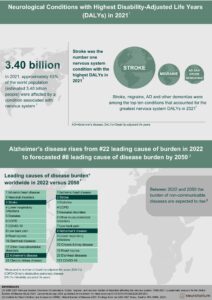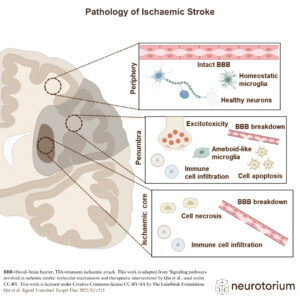Delirium is a complex syndrome and is common as a result of stroke. Delirium after stroke is associated with poorer outcomes, including more extended hospital stays, risk of later institutionalization, and mortality.
In this video, Professor Terence Quinn discusses why it is important to identify delirium after a stroke and how it affects health outcomes.
Learn about the challenges of estimating how common delirium after stroke is and simple methods to diagnose delirium.




